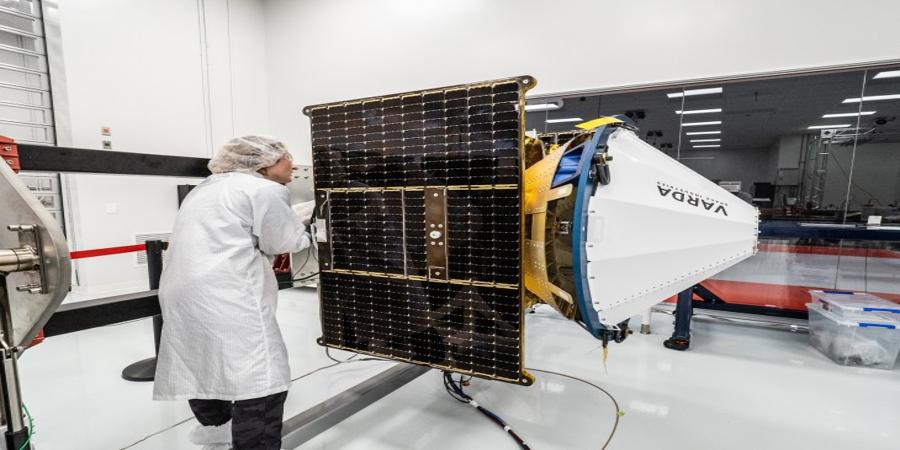Varda Space Industries has received long-awaited approval from regulators to return its first spacecraft to Earth — and with it, a batch of pharmaceutical crystals manufactured on orbit.
Varda’s Winnebago capsule has been stuck in limbo for months. The company launched the spacecraft on a SpaceX Transporter mission eight months ago, with the plan to return it back to Earth last July. But Varda had been unable to secure the requisite regulatory authorizations to make a landing attempt, leaving the spacecraft stuck in orbit while the company worked with regulators to bring it home.
With this approval, Varda is now targeting a landing attempt at the Air Force’s Utah Test and Training Range on February 21. The capsule contains crystals of the drug Ritonavir, which is used to treat HIV/AIDS, that were manufactured on orbit. Rocket Lab’s Photon spacecraft, which has housed Varda’s manufacturing capsule on orbit, will burn up in the atmosphere upon reentry.
“We are incredibly proud to have this opportunity with our government partners, and appreciate their dedication to safe innovation in the United States,” Varda said in a statement.
In that same statement, the El Segundo-based startup notes that it was the first to seek permission to reenter a spacecraft under a new set of FAA regulations known as Part 450. It’s also the first time the FAA has licensed a commercial company to land a spacecraft on U.S. soil. (SpaceX’s Dragon capsule is permitted to land in the Atlantic Ocean or Gulf of Mexico.)
Varda is one of a handful of startups looking to exploit the benefits of microgravity for manufacturing materials like pharmaceuticals. The company is aiming to bring spacecraft containing manufactured materials back to Earth up to monthly by 2026. For its next mission, which has yet to launch, Varda said it would land its second spacecraft in Australia’s Koonibba Test Range this year.
Source @TechCrunch



